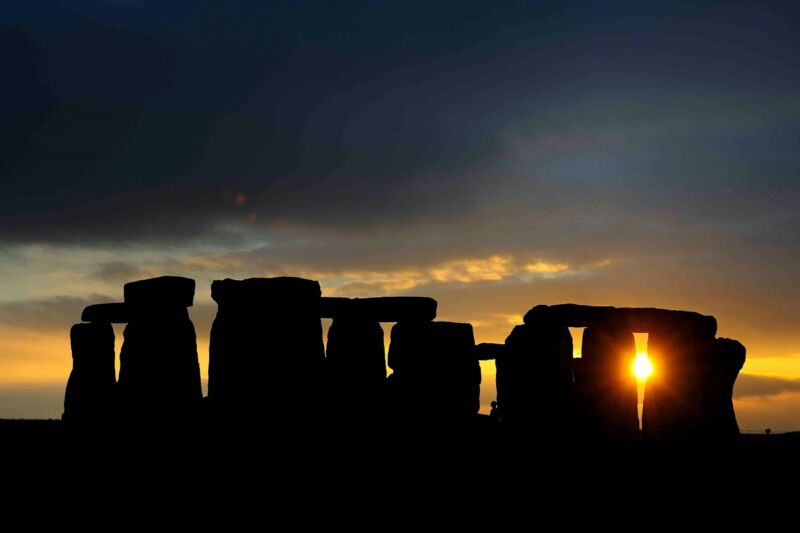Analysis of prehistoric feces shows Stonehenge people had parasites

Enlarge / The prehistoric monument of Stonehenge in Wiltshire, UK. A large Neolithic settlement known as Durrington Walls is less than two miles away and is believed to be where the people who built the famous site camped during the main stage of construction. (credit: Adam Stanford)
Nearly two miles away from Stonehenge, there is a large Neolithic settlement known as Durrington Walls, believed to be where the people who built the famous site camped during the main stage of construction. British archaeologists have analyzed fossilized fecal matter collected at the site and found that it contained the eggs of parasitic worms, according to a new paper published in the journal Parasitology. The preserved feces belonged to both dogs and humans, indicating that people brought dogs to the site with them for winter feasts and likely shared the scraps with the canines.
This is the first time intestinal parasites have been recovered from Neolithic Britain, and to find them in the environment of Stonehenge is really something," said co-author Piers Mitchell, an archaeologist at the University of Cambridge. The type of parasites we find are compatible with previous evidence for winter feasting on animals during the building of Stonehenge."
For archaeologists keen on learning more about the health and diet of past populations-as well as how certain parasites evolved over the evolutionary history of the microbiome-preserved samples of ancient poo can be a veritable goldmine of information. For instance, ancient Iron Age miners in what is now Austria were quite fond of beer and blue cheese, according to a 2021 analysis of preserved paleo-poop excavated from the prehistoric underground salt mines of Hallstatt-Dachstein/Salzkammergut, a UNESCO World Heritage site. Fecal samples are usually found in dry caves, desert areas, frozen areas, or waterlogged environments (like bogs), where desiccation, freezing, and similar processes preserve the fecal matter for posterity.
Read 9 remaining paragraphs | Comments